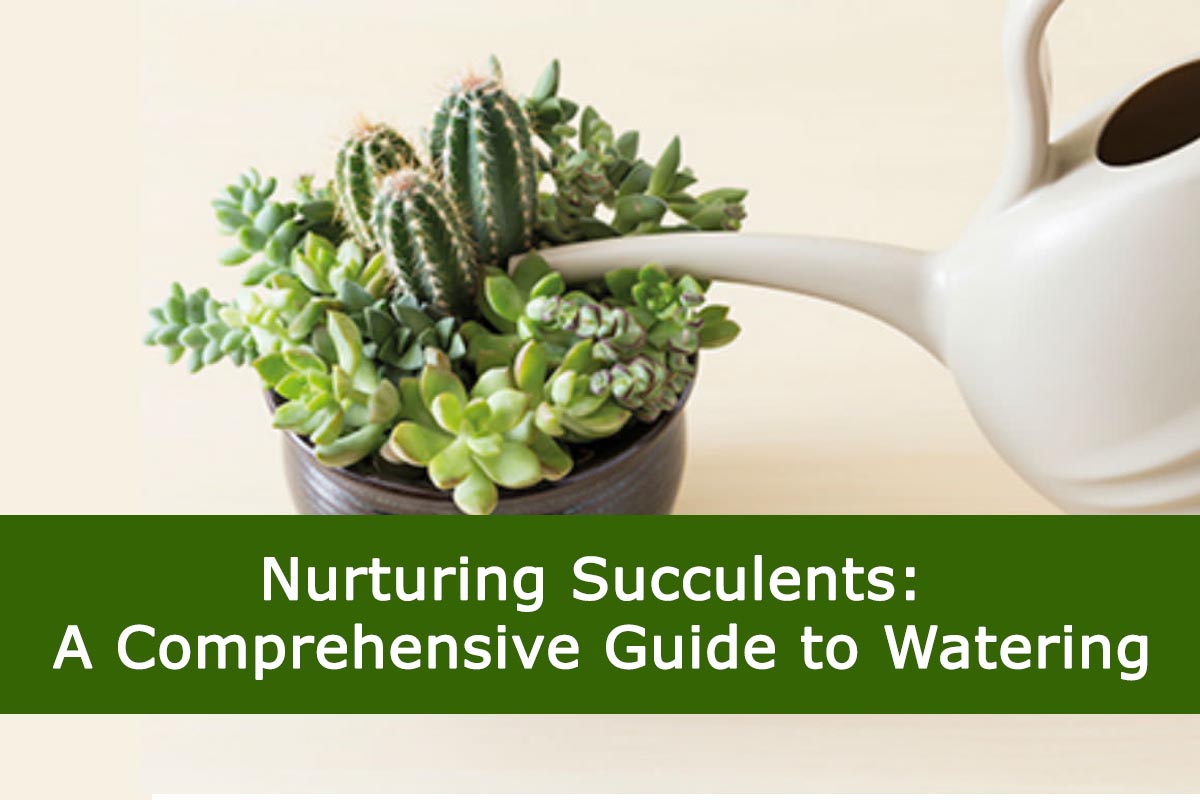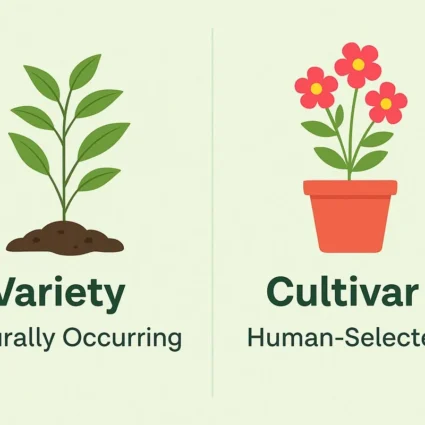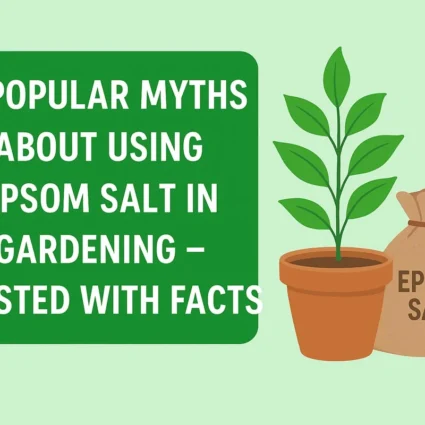
Nurturing Succulents: A Comprehensive Guide to Watering
Succulents have gained immense popularity recently due to their unique beauty and low-maintenance nature. These resilient plants are known for their ability to store water in their fleshy leaves, stems, or roots, allowing them to thrive in arid conditions. However, despite their drought-tolerance reputation, it’s crucial to understand the proper way to water succulents to ensure their health and longevity. In this guide, we’ll explore the essential techniques and considerations for watering succulents, empowering you to become a successful succulent parent.
Also Read This :Exploring the Significance of Popular Succulent Plants in Your Garden
Understanding Succulent Watering Needs
Before diving into watering techniques, it’s essential to grasp the fundamental principles of succulent watering. Succulents originate from arid environments where water is scarce, so they have evolved to survive drought conditions. Overwatering is one of the most common mistakes succulent enthusiasts make, leading to root rot and other issues. Remember, succulents thrive in well-draining soil and prefer dry periods between watering.
Also Read This :Embracing Green Gifting: Why It’s Becoming the New Normal
Determining the Watering Schedule
Establishing a consistent watering schedule is essential for succulent care. However, it’s crucial to adapt the plan based on factors such as climate, season, and the type of succulent. Succulents have different water requirements, so understanding your specific plant’s needs is crucial. A general rule of thumb is to water when the soil is arid, typically every 7-10 days. Remember, it’s better to go underwater than to overwater succulents.
Also Read This :The Top Flowers to Attract Butterflies to Your Garden
Watering Techniques
Direct Watering
Gently pour water directly onto the soil around the base of the succulent, ensuring it reaches the root zone. Avoid wetting the leaves to prevent rot and fungal diseases.
Soaking Method
For potted succulents, you can immerse the pot in a water basin and let it soak for a short period (around 5-10 minutes). This method ensures thorough hydration without overwatering.
Bottom Watering
Place the potted succulent in a shallow dish filled with water, allowing the plant to absorb moisture from the bottom. This method encourages the roots to grow downward in search of water.
Also Read This :Rainy Season Flower Power: Colorful Blooms in Wet Weather
The Importance of Drainage
Proper drainage is crucial for succulent health. Succulents dislike sitting in waterlogged soil for extended periods, as it can lead to root rot. Ensure your pots have drainage holes to allow excess water to escape. Additionally, a well-draining potting mix of materials like perlite, coarse sand, or pumice will prevent water from stagnating around the roots.
Seasonal Adjustments
Succulents have different water requirements during different seasons. Succulents typically require more frequent watering in warmer months due to increased evaporation and growth. Conversely, during the dormant period in winter, succulents need less water as their growth slows down. Adjust your watering schedule accordingly to accommodate these seasonal changes.
Also Read This :Water-Wise Gardening: How to Conserve Water in Your Garden
Signs of Overwatering and Underwatering
Understanding the signs of overwatering and underwatering is vital for succulent care. Overwatered succulents may display mushy, translucent leaves, root rot, or blackened stems. On the other hand, underwatered succulents may have shrivelled leaves or appear wrinkled. Monitoring the plant’s appearance and adapting your watering routine will help maintain its health.
Also Read This :Gardening for Wildlife: How to Create a Habitat for Birds, Butterflies, and Bees
5 Factors That Affect How Often You Need to Water Succulents
Season
Most succulents grow like crazy in the spring and summer, so you’ll need to water them more often during their active growing season. They pull water out of the soil remarkably as they make new stems, leaves, roots and blooms. You may water them three times a week, depending on conditions like light and temperature. In the winter, succulents go dormant. Growing stops, so you’ll only need to water them once or twice for the entire season. One of the easiest ways to kill a succulent is to give it too much water in the winter, so back away from your watering can from November to March. Let your succulent sleep in peaceful aridity.
Also Read This :Tree Branching Out: A Comprehensive Guide to Growing Trees from Twigs
Container Size
Larger containers need to be watered less often because they have more soil that holds moisture longer. Small, shallow containers must be watered more frequently because the soil dries out faster.
Amount of Light
Succulents that get 10 or more hours of full sun need more water than those with less light. Generally, outdoor plants need more water than indoor ones because they get more sun and are exposed to more challenging conditions.
Also Read This :Exploring the Majestic Big Leaf Plants of India
Humidity
Plants in high humidity and cooler temperatures will need less frequent watering than plants in hot, dry climates because they’ll maintain moisture for longer. Are your succulents on a patio in full sun in Phoenix? Plan on watering daily. Are they, in part, sun on a deck in San Francisco? You only may need to water once every week or two.
Also Read This :Common Gardening Mistakes and How to Avoid Them
Succulent Types and Varieties
Not all succulents have the exact water requirements. Different succulent species and varieties have evolved to thrive in specific environments, and their water needs can vary considerably. Some succulents, like the Sempervivum or Echeveria species, have higher water requirements and benefit from more frequent watering. On the other hand, drought-tolerant varieties such as Agave or Haworthia require less regular watering. Researching the specific needs of your succulent species will guide you in determining their ideal watering frequency.
Also Read This :Coco Peat Gardening: Discover the Best Plants to Thrive in this Growing Medium




